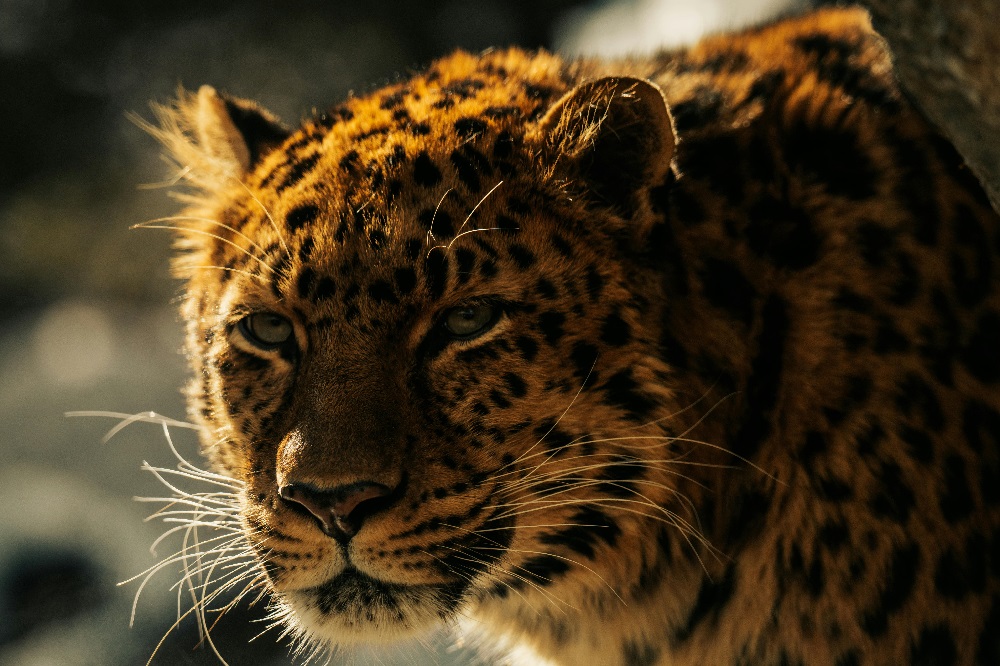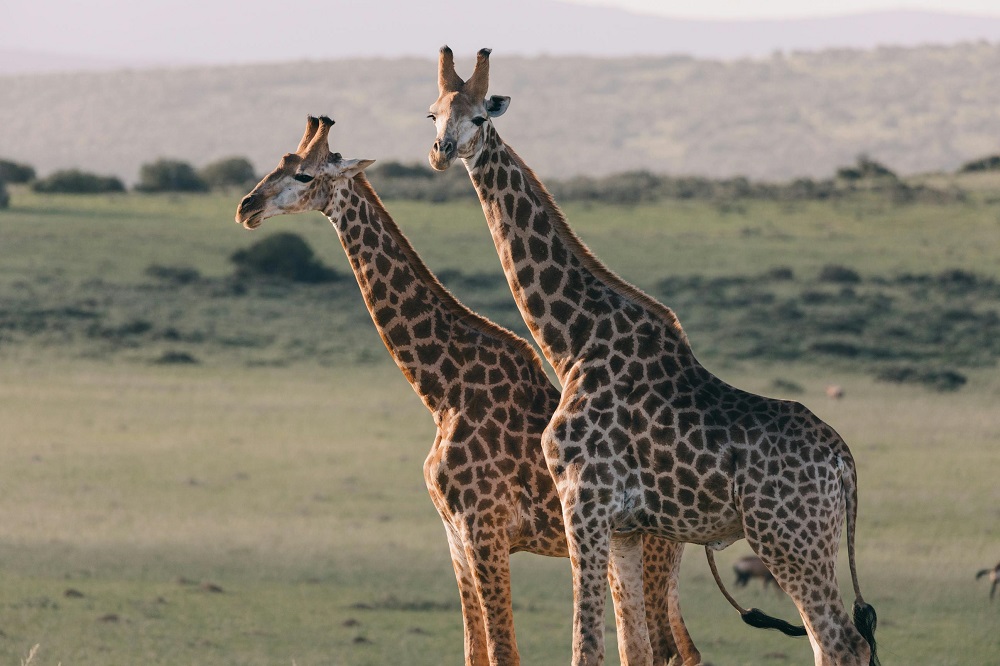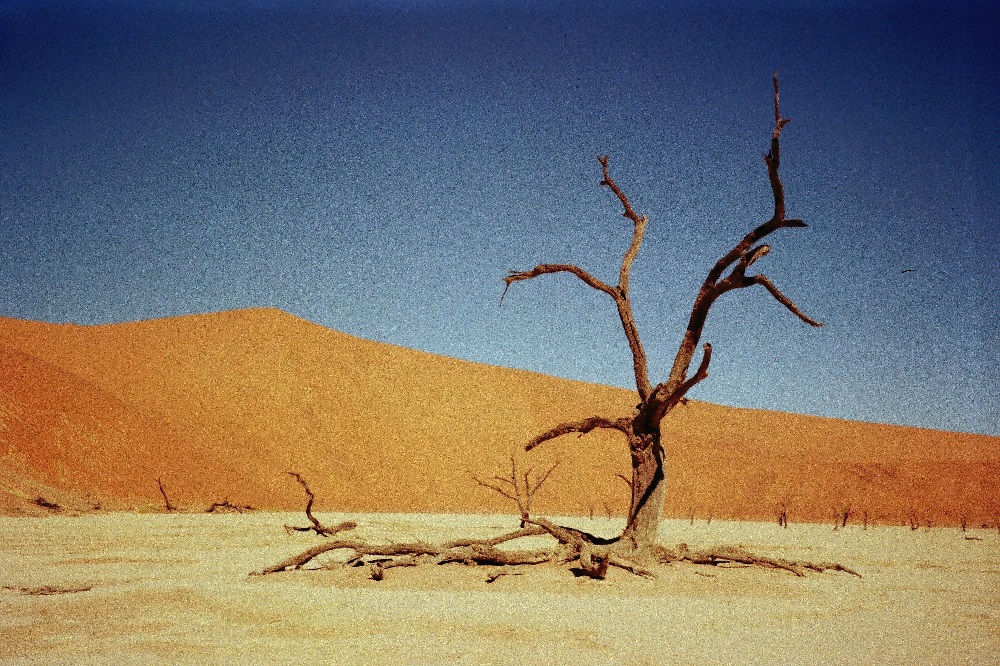When travelers think about going on an African safari, one of the first questions that comes to mind is safety. Africa is a vast continent with many countries, and each safari destination has its own rules, experiences, and safety standards. While the thought of wild animals and unfamiliar cultures may sound intimidating, the truth is that African safaris are generally safe if you choose the right country, follow guidance, and travel with a professional tour operator. Safety on safari does not only mean protection from animals, but also political stability, quality of infrastructure, healthcare availability, and the friendliness of local people. Let’s explore these safety questions in detail.

Are African Safaris Safe for Americans?
For American travelers, safaris in Africa are considered safe as long as they are booked through licensed safari companies. Tour operators in Kenya, Tanzania, Botswana, South Africa, and Namibia have years of experience in handling international guests. Camps and lodges are well-guarded, and professional guides are trained to keep guests away from any danger with wildlife. Most safari destinations have clear safety measures in place, such as keeping visitors inside vehicles during game drives and offering armed rangers in certain reserves. For Americans, the biggest safety concerns are usually related to health, like malaria prevention, or travel logistics, like secure transportation. As long as one follows the instructions of guides and stays in trusted safari camps, the experience is not only safe but unforgettable.
What is the Most Beautiful African Country for Tourism?
When it comes to beauty, Africa is overflowing with breathtaking landscapes. Tanzania is often seen as one of the most beautiful countries for safari because it is home to Serengeti National Park and the Ngorongoro Crater, where the landscapes are filled with wildlife year-round. Kenya, with its rolling savannahs of the Masai Mara, also ranks high for beauty, especially during the Great Migration. South Africa stands out with its mix of safari parks, beaches, mountains, and vineyards, while Botswana’s Okavango Delta offers a unique water-based safari unlike anywhere else in the world. Uganda and Rwanda are special because of their gorilla trekking experiences in lush, misty forests. Each country’s beauty is different, but Tanzania and Kenya are often chosen as the top spots for sheer natural wonder.
Where in Africa is Safe for Americans to Travel?
Most safari destinations in Africa are safe for American travelers. Kenya, Tanzania, Botswana, South Africa, and Namibia all have well-developed safari tourism industries that welcome thousands of Americans each year. These countries prioritize safety for visitors because tourism is a key part of their economy. Lodges and camps are situated in secure areas, often far from city centers where crime may be more common. The most important thing for Americans is to travel with a reliable safari operator who handles airport pickups, accommodations, and guided tours. Rural safari areas are generally safer than urban areas, and safari staff make sure travelers are comfortable and protected. So, as long as one follows basic precautions, Africa is very safe for Americans who want to experience its wonders.
Is Kenya or Tanzania Safer?
Kenya and Tanzania are two of the most famous safari countries, and both are safe for travelers. Kenya’s Masai Mara and Tanzania’s Serengeti are part of the same ecosystem, so they share similar wildlife and safari experiences. In terms of safety, both countries have stable safari areas with trained guides, secure lodges, and reliable infrastructure. Tanzania is sometimes considered slightly calmer because its safari destinations are spread out and less crowded, while Kenya can feel busier with more visitors in the Mara. However, Kenya’s safari operators are highly experienced and well-prepared to host international tourists. The choice often depends on where you want to go and what you want to see, rather than which country is safer. With the right tour company, both Kenya and Tanzania are excellent and safe.
Is Tanzania Safe for White Tourists?
Tanzania is very safe for white tourists as well as tourists of all nationalities. Safari lodges and camps in Tanzania are designed to accommodate international visitors, and the staff are trained to ensure safety and comfort. Tourists of all backgrounds travel to Tanzania every year to enjoy the Serengeti, Ngorongoro, and Zanzibar. Locals are generally warm and welcoming, and tourism is one of the country’s biggest industries. Safety for tourists does not depend on skin color but on following guidelines such as avoiding unsafe neighborhoods in cities and trusting professional safari guides. White tourists, like any other visitors, can feel secure on safari in Tanzania, especially in protected parks and reserves.
What Part of Africa is Best for a Safari?
The best part of Africa for a safari is East Africa, specifically Kenya and Tanzania. These two countries offer the most iconic safari experience with wide open savannahs, big game animals, and the legendary Great Migration. Southern Africa is another excellent region, with Botswana, Namibia, South Africa, and Zimbabwe offering unique landscapes like deserts, deltas, and river safaris. Botswana’s Okavango Delta and Chobe National Park are world-famous for elephants, while South Africa’s Kruger National Park is one of the easiest and most accessible safari destinations. East Africa is best for first-time safari goers who want to see the “classic Africa” landscapes, while Southern Africa is ideal for travelers who want exclusivity, fewer crowds, and varied terrain.
What is the Number One Safari in Africa?
The number one safari in Africa is often considered the Serengeti in Tanzania. The Serengeti National Park is famous worldwide for the annual Great Migration, where millions of wildebeest and zebras cross the plains in search of water and fresh grazing land. This natural event is one of the greatest wildlife spectacles on Earth. Kenya’s Masai Mara, which shares the same ecosystem, is also highly ranked, especially during the months when the migration crosses into Kenya. Botswana’s Okavango Delta is another top safari destination, offering boat safaris and sightings of elephants, lions, and leopards in a lush wetland environment. The number one safari can vary depending on personal preferences, but the Serengeti and Masai Mara are the most iconic.
Is Botswana Safe for White Tourists?
Botswana is one of the safest countries in Africa for all tourists, including white visitors. The country has a strong reputation for political stability and good governance. Its safari tourism is high-end and well-organized, with private concessions that limit the number of visitors and focus on exclusive, secure experiences. White tourists make up a large portion of international visitors to Botswana, and the camps and lodges are built to provide top-level comfort and safety. Crime is very low in safari regions, and the wilderness is carefully managed by guides who are experts in wildlife behavior. Botswana is widely regarded as a safe and premium safari destination.
Is Namibia Safe for White Tourists?
Namibia is also a very safe country for white tourists and travelers of all nationalities. Known for its deserts, dramatic landscapes, and unique wildlife, Namibia has one of the lowest population densities in the world, which means fewer risks compared to more crowded countries. Tourists often visit places like Etosha National Park, Sossusvlei, and the Skeleton Coast. Namibia is politically stable, and its safari industry is well developed with reliable lodges and guides. White tourists frequently travel across Namibia for self-drive safaris, which is considered safe because of the well-maintained roads and low crime in rural areas. Like anywhere, caution should be taken in cities, but in safari zones, Namibia is very safe.
Where is the Best Place to Go for a First Safari?
For a first safari, the best places are Kenya and Tanzania. These countries are ideal because they offer easy access from major cities, well-developed safari infrastructure, and the chance to see the Big Five animals—lion, leopard, elephant, buffalo, and rhino—within a few days. Kenya’s Masai Mara is perfect for beginners because it is smaller and more concentrated than the Serengeti, meaning animals are easier to find. Tanzania’s Serengeti and Ngorongoro Crater are excellent for first-time visitors because they provide classic safari views with plenty of wildlife. South Africa’s Kruger National Park is another great choice, especially for those who want self-drive options or more affordable packages. A first safari should be easy, safe, and filled with wildlife, and these destinations are the best for that.
Where Can I See the Big 5 in Africa?
The Big 5—lion, leopard, elephant, buffalo, and rhino—can be seen in many safari destinations across Africa. The most famous places to see them are Kenya’s Masai Mara, Tanzania’s Serengeti and Ngorongoro Crater, South Africa’s Kruger National Park, and Botswana’s Chobe and Okavango Delta. Uganda also offers Big 5 safaris combined with gorilla trekking, which is a unique experience. Tourists usually have a very high chance of seeing all five animals in a few days in these parks, especially in East Africa. Guides know the best spots, and game drives are designed to maximize the chances of seeing these iconic animals. For those who dream of seeing the Big 5 in their natural habitat, Africa delivers unforgettable experiences.
Which is the Most Peaceful Country in Africa?
Botswana is often ranked as the most peaceful safari country in Africa. It has a stable government, low crime rates, and a strong focus on eco-tourism. Namibia also ranks high for peace, thanks to its low population and safe safari environment. Tanzania and Kenya, while busier, are also peaceful in safari areas and remain welcoming to tourists. Rwanda and Uganda, known for gorilla trekking, have made remarkable progress in safety and stability, making them secure for visitors. The most peaceful safari country depends on personal comfort, but Botswana stands out as a calm and exclusive destination.





